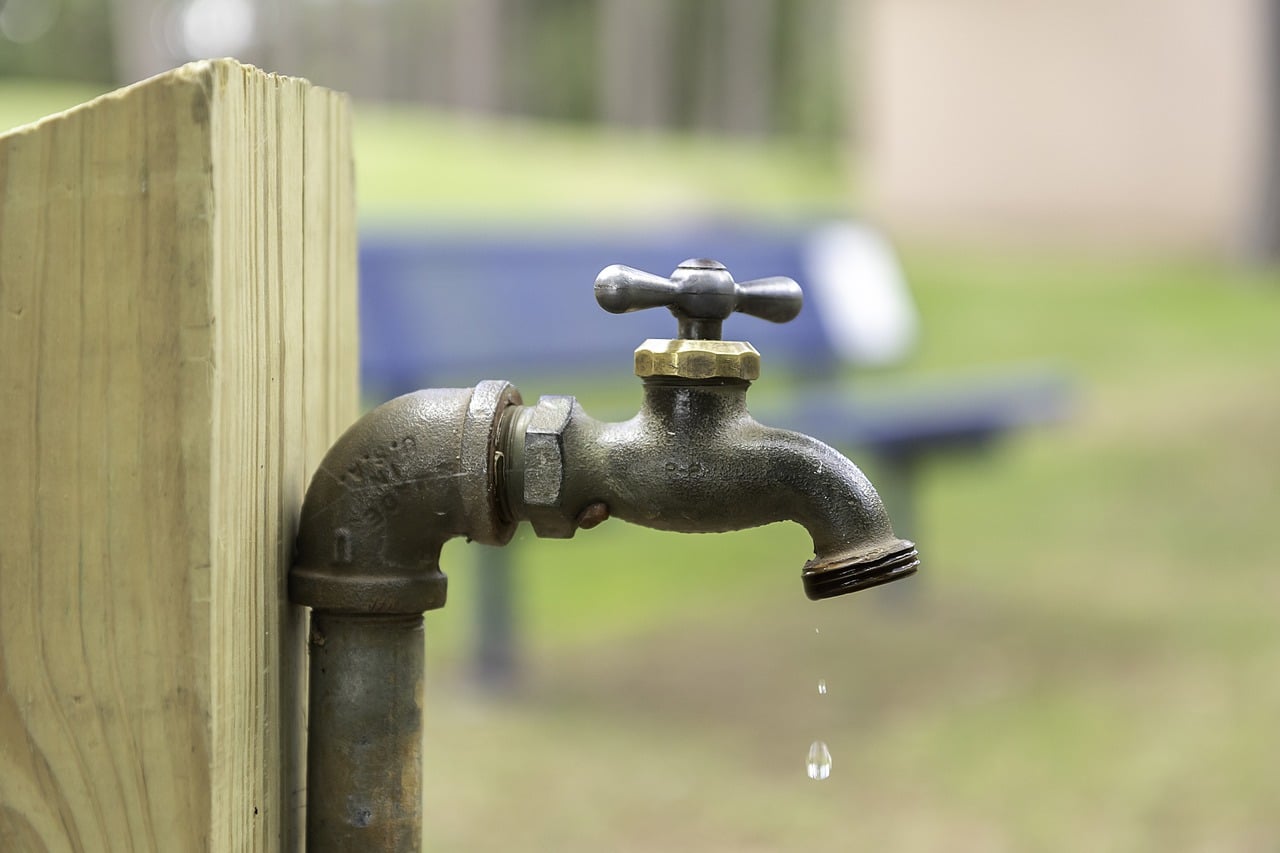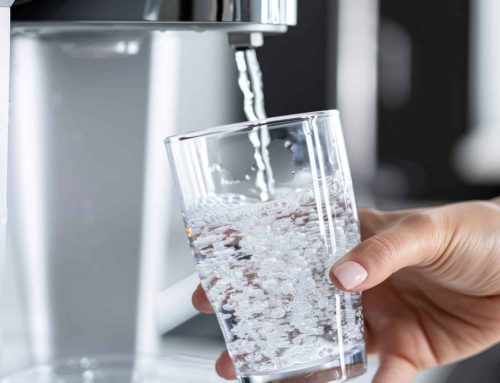The vast majority of people rarely, if ever, give any thought to what might be present in the water that is dispensed from the sink in their homes, let alone how hazardous it might be to their health. Although it is true that water consumption is necessary for maintaining good health and that we cannot live without it, there are certain types of water that may really be harmful to our bodies.
In most cases, drinking water from the tap contains a steady stream of chemical byproducts that are known to cause cardiovascular disease, cancer, and reproductive issues.
Research has shown that this statement is not entirely true, and that in retrospect, chlorine has led to an increase in the number of deaths caused by heart disease and cancer-related conditions. Chlorine has been used to treat the drinking water in many countries since the turn of the century, and it was once hailed as the perfect treatment because it virtually eliminated disease-causing bacteria and viruses without any ill effects on our health. However, research has shown that this statement is not entirely true.
It is not so much the chlorine itself that is unhealthy as it is the chlorine by-products, which are known as organochlorines. These are produced when chlorine combines with organic materials such as algae, leaves, or human skin. Organochlorines are known to cause cancer and other serious health problems. Ingestion of any of the thousands of different chlorine by-products does not immediately result in illness; but, the long-term implications of doing so have been connected to a number of different ailments.
Trihalomethanes (THMs), which are produced when chlorine interacts with methane, are the by-product that has received the most attention from researchers. Chloroform is the THM that is most frequently discovered in drinking water; unfortunately, it is also a proven carcinogen. Even though studies have shown that exposure to even very low amounts of THMs can increase the risk of developing cancer, the Environmental Protection Agency (EPA) nevertheless allows them to remain in our drinking water at levels below the threshold at which they are considered to be a health hazard.
It is possible for chlorine and its byproducts to enter the body through the lungs, the digestive tract, or the skin. For instance, when you take a shower, the water heats up, turning the byproducts into a vapour that is then breathed. Chlorine and its byproducts can also be ingested. The byproducts are also easily absorbed into the skin through your pores, which become enlarged as a result of the heat from the shower. After that, these by-products are deposited inside the fatty tissues of the body, where they have the potential to decrease immunological function, change DNA, or interfere with the normal proliferation of cells in their natural environment.
Byproducts of chlorine not only produce cancerous free radicals, but they also eradicate the “good bacteria” or gut flora that acts as a barrier between your body and harmful microorganisms. According to the findings of a study that was carried out in Hartford, Connecticut, there is an increase of between 50 and 60 percent in the levels of organochlorines that are present in the breast tissue of women who have breast cancer. By-products of chlorine have been associated to a variety of malignancies, including those of the bladder, liver, rectum, and colon.
Investing in a water cooler that is outfitted with a triple action water filter that will filter out any toxins, including fluoride and chlorine in the water, is the best way to ensure that you are not putting yourself at risk of ingesting toxic chlorine byproducts that may be present in the water that you drink.
Living-Water is the place to go to get water coolers and accessories for water coolers. In London, you can choose between mains water coolers and bottled water coolers.






